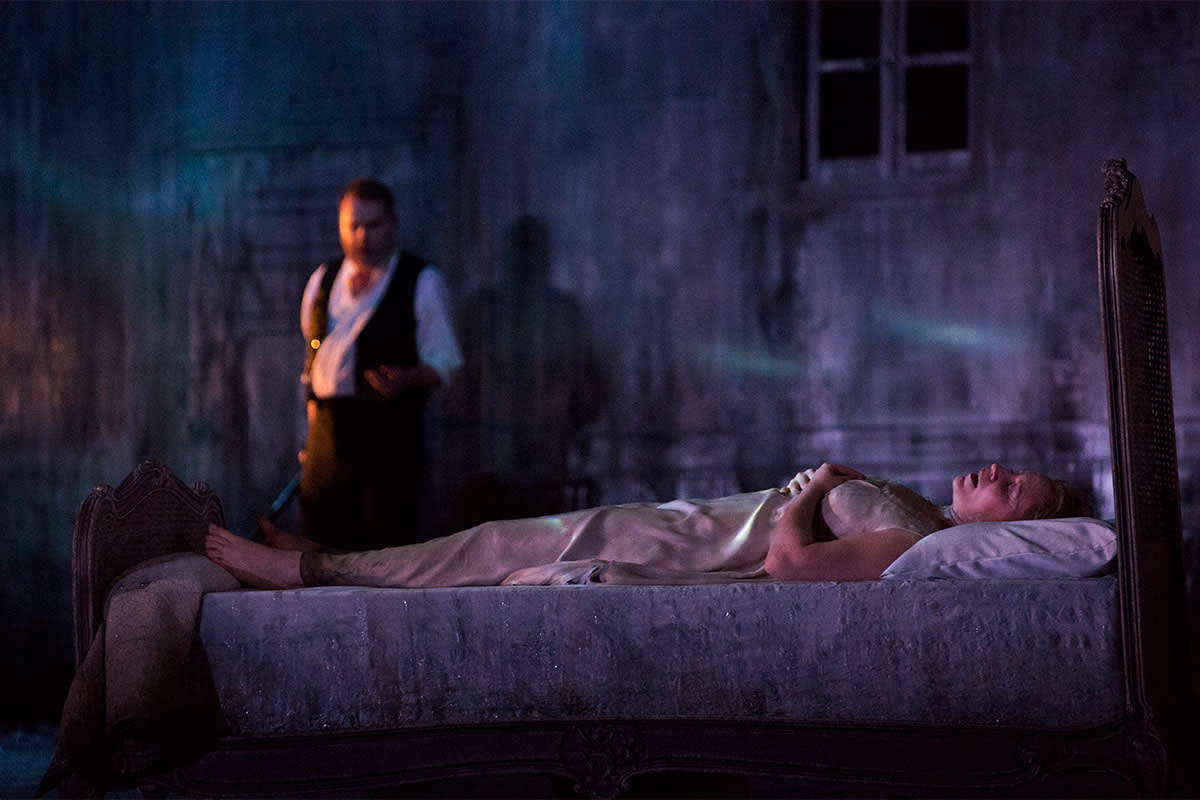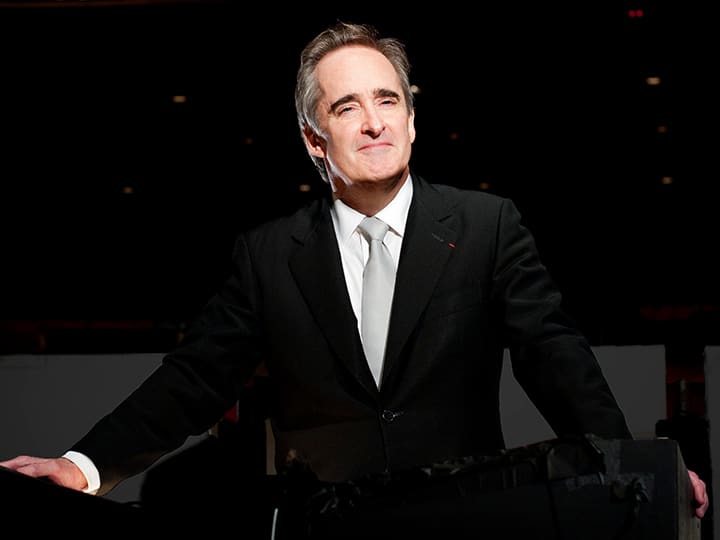Teach us to care and not to care. Teach us to sit still.
“Ash Wednesday”
T.S. Eliot (1930)
On the eve of what would have been the LA Opera opening of Claude Debussy’s magnum opus, Pelléas et Mélisande, I am sitting still, caring and trying not to care.
Long overdue, the work was to have returned to the stage of LA Opera for the first time after 25 years. I have been yearning to conduct it once again for almost as long. It has been 23 years since my last time around.
The notion of “favorite” would be misplaced in this love affirmation. It is one of those works that can be counted on the fingers of one hand, for which there is no substitute. If it has possessed you, as it has me from the time of my adolescence, you are always possessed. When you are caught in its spell, no other music exists. The missed opportunity to share it with our public is painful. Its magic is so irreplaceable, its embrace so personal, almost private, that words are inadequate. I would have liked to introduce many new listeners to its addictive power, that they might feel as I do. For now, we must sit still.
I was very fortunate to have stumbled over Pelléas early. I no longer can remember how old I was, fifteen or maybe sixteen. Was it Destiny, an essential word from the world of Maeterlinck? I remember that its dark mysteries and haunting beauty captivated me. My customary refuge, the New York Public Library, provided me with opportunity to hear recordings. I remembered being mesmerized by the anguished voice of George London’s Golaud, a torment I knew from his renditions of Boris Godunov, Wotan and the Flying Dutchman.
I never saw Pelléas until the New York City Opera produced it in 1970, and then I saw it several times. Two years later, the Metropolitan Opera staged it (after a hiatus of twelve years), and again I went to as many performances as possible. That production came back repeatedly over the next decades, and I attended it every time I was in New York.

A scene from the David McVicar production of Pelléas and Mélisande (pictured at Scottish Opera, 2017)
I was also privileged to have studied conducting with Jean Morel, at the Juilliard School, from the time I was eighteen. Destiny again? A French expatriate, he was an extraordinary musician, a ferociously demanding teacher, and an enormous inspiration. He was quintessentially French, having been born into the world of Debussy, less than a year after the premiere of Pelléas. We systematically studied the symphonic repertory in class, including a significant dose of the French literature. I asked him if the class could study Carmen (of which I still have his handwritten notes) and Pelléas. As it was not possible in class, he offered to work with me privately, and accorded me the time to do so.
And then, for a long time, I had to sit still with it all. Throughout the next 20 years, it followed me, and I, it. There was a long gestation period of two decades, years in which I spent much time in France. And then, to my good fortune, between 1992 and 1997, I conducted five separate series of Pelléas in three different new productions: directed by Harry Kupfer at the Cologne Opera, Frank Galati at the Lyric Opera of Chicago, and Robert Wilson at the Paris National Opera. After that, rather than feeling that I had had enough, I couldn’t wait for more.
Subsequently, I have waited, and will wait again. I have decided, despite the cancellation of the current production, to pass my time in its presence. Every day, whenever I can, I spend time with Pelléas. In a monastic routine, I pore over my score, with all of the markings and (unprinted) changes from Debussy that I had received from Jean Morel and Pierre Boulez. I have listened to recordings, with which I was unacquainted, on iTunes and YouTube, including a Met broadcast from 1954 conducted by my teacher.
I am writing in my studio, surrounded by ten books on Debussy, five on Pelléas, and three editions of Maeterlinck’s original play. I have various program books from productions I have seen in Europe, replete with articles. The most precious possession among them is a study and analysis published in 1926 by Maurice Emmanuel, a contemporary and colleague of Debussy. My teacher had lent this small book to me before he passed away. It bears his signature. I have kept it all these years as a memento.
Now, instead of rehearsing and performing Pelléas, I am living it, spiritually, at home, sitting still. It is no less beautiful and captivating, whether reading and writing about it, listening to it, playing it at the piano, or just thinking about it. When these months have passed, I will not have been deprived of the time I would have spent with Debussy and Maeterlinck.
Teach us to care? I have been taught. I have not yet, however, learned not to care. I must sit still. I live with the same hope and desire with which I exited the stage door of the Palais Garnier in 1997, after my last performance of Pelléas. The identical thought is on my mind now, as was that night: I hope it is not too long before I conduct it again.







